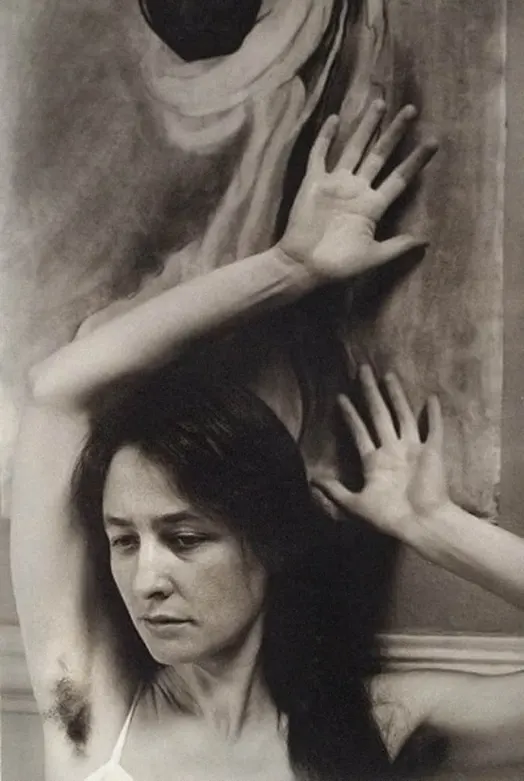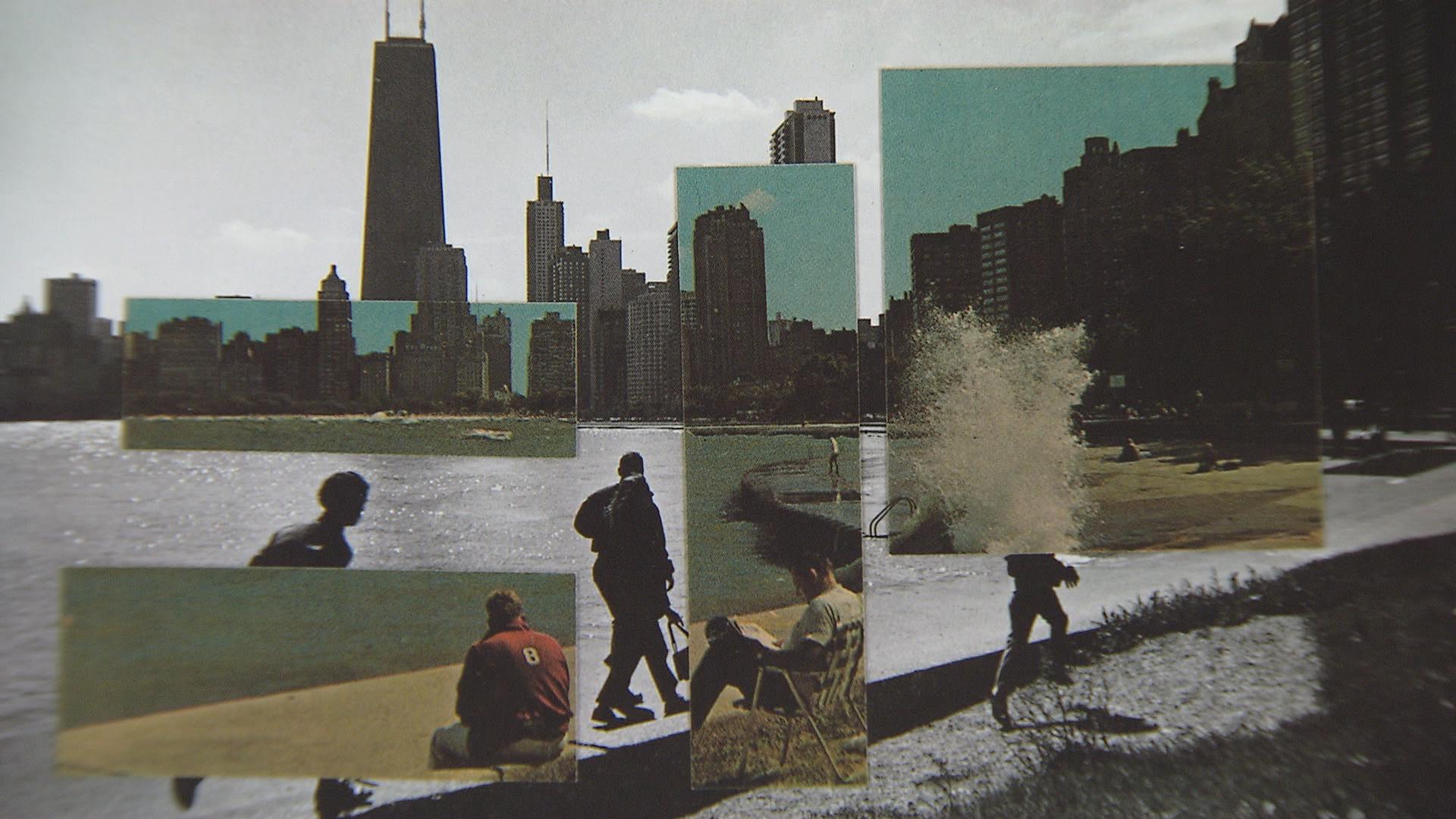Modernism refers to a global movement in society and culture that from the early decades of the twentieth century sought a new alignment with the experience and values of modern industrial life. It usually refers to a time period beginning late 19th century and concluding mid 20th century at the beginning of the second world war. It was a reaction to and rejection of the period of enlightenment, in which society as we know it was shaped to make people ‘proper’ The movement looks at human nature and progress and criticises the idea that everything has to be looked at realistically. It functions under the idea that institutions are oppressive and works to subvert expectations and break down traditional photographic customs. In photography, modernism rejected the idea of a soft focus, instead creating harsh lines with sharp focus similar to Straight photography.
Alfred Stieglitz
Stieglitz’s fetish for young women was well known throughout his career, his explicit photos making his preference obvious and hard to ignore. A majority of his photos are erotic in nature and focus on themes of femininity from his ow perspective. Stieglitz is credited with bringing modernism to America, starting the movement in the country and making modernism a popular medium on a global scale. In accordance with the style of modernism, Stielglitz photographs usually follow a narrative, telling a story with just one photo.

Postmodernism refers to the majorities stylist movement of the second half of the 20th century, directly following modernism, hence its name Post-modernism. The movement denied the existence of any ultimate principles, instead focusing on conceptual ideas stemming from modernism with a sharp departure from typical conventions of traditional photography with the addition of random objects that subvert expectations.

Kenneth Josephson uses the conventions of montage to create postmodern photographic art, often including the addition of physical photographs in the frame of his photos to add depth and meaning and evoke feeling of nostalgia through a genre of coming of age.
